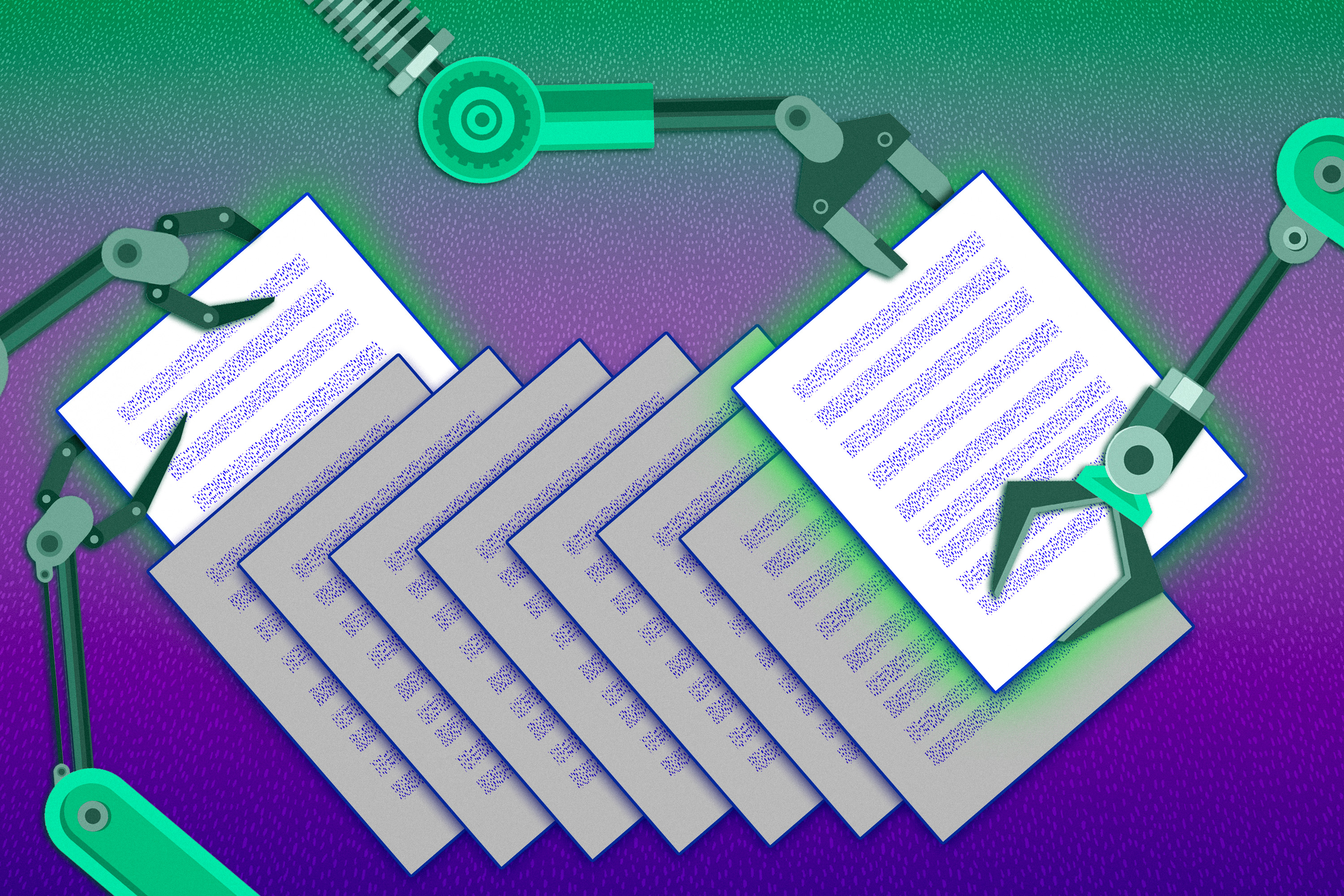Research Reveals Position Bias in Large Language Models
Large language models (LLMs) have been found to have a significant flaw: they tend to overemphasize information at the beginning and end of a document or conversation, while neglecting the middle. This "position bias" can have serious consequences, particularly in applications where accuracy is crucial.
What is Position Bias?
Position bias refers to the tendency of LLMs to prioritize information based on its location in a sequence, rather than its relevance or importance. This means that if a lawyer is using an LLM-powered virtual assistant to retrieve a certain phrase in a 30-page affidavit, the LLM is more likely to find the right text if it is on the initial or final pages.
The Mechanism Behind Position Bias
MIT researchers have discovered the mechanism behind this phenomenon. They created a theoretical framework to study how information flows through the machine-learning architecture that forms the backbone of LLMs. They found that certain design choices, which control how the model processes input data, can cause position bias.
The Role of Attention Mechanism
LLMs are powered by a type of neural network architecture known as a transformer. Transformers are designed to process sequential data, encoding a sentence into chunks called tokens and then learning the relationships between tokens to predict what words come next. The attention mechanism is a key component of transformers, allowing tokens to selectively focus on, or attend to, related tokens. However, the attention mechanism can also introduce position bias, particularly when causal masking is used.
Causal Masking and Positional Encodings
Causal masking is a technique used to limit the words a token can attend to, allowing only words that came before it to be considered. While this technique can improve performance, it can also introduce position bias. Positional encodings, on the other hand, can help mitigate position bias by linking words more strongly to nearby words.
Experiments and Results
The researchers performed experiments in which they systematically varied the position of the correct answer in text sequences for an information retrieval task. The results showed a "lost-in-the-middle" phenomenon, where retrieval accuracy followed a U-shaped pattern. Models performed best if the right answer was located at the beginning of the sequence, with performance declining as the correct answer approached the middle before rebounding slightly if the correct answer was near the end.
Implications and Future Work
The researchers’ work suggests that using a different masking technique, removing extra layers from the attention mechanism, or strategically employing positional encodings could reduce position bias and improve a model’s accuracy. Future work will focus on further exploring the effects of positional encodings and studying how position bias could be strategically exploited in certain applications.
Conclusion
Position bias is a significant flaw in large language models, with serious consequences for applications where accuracy is crucial. By understanding the mechanism behind position bias, researchers can develop strategies to mitigate it and improve the performance of LLMs. This work has the potential to lead to more reliable chatbots, medical AI systems, and code assistants that can pay closer attention to all parts of a program.
FAQs
- Q: What is position bias in large language models?
A: Position bias refers to the tendency of LLMs to prioritize information based on its location in a sequence, rather than its relevance or importance. - Q: What causes position bias in LLMs?
A: Position bias is caused by certain design choices, such as causal masking and positional encodings, which control how the model processes input data. - Q: How can position bias be mitigated?
A: Position bias can be mitigated by using a different masking technique, removing extra layers from the attention mechanism, or strategically employing positional encodings. - Q: What are the implications of position bias for applications?
A: Position bias can have serious consequences for applications where accuracy is crucial, such as medical AI systems, chatbots, and code assistants.











